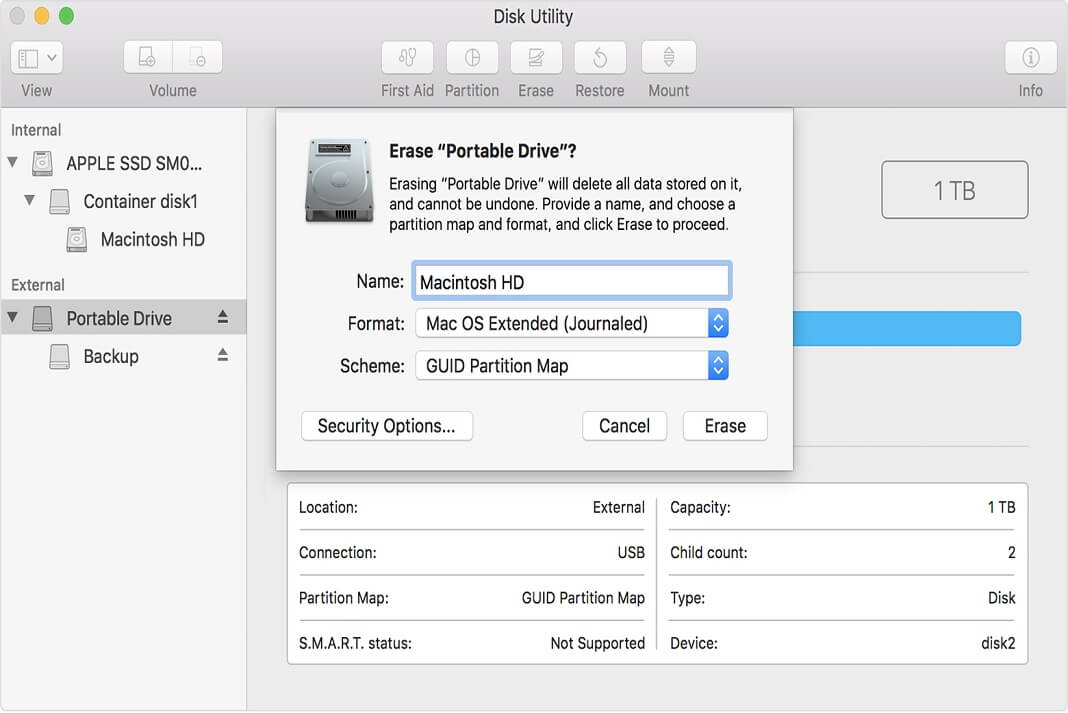

If you want to change the format, answer these questions: How To Install Mac Os On Pc If it can't, it chooses Mac OS Extended, which works with all versions of macOS. How to choose between APFS and Mac OS Extendedĭisk Utility tries to detect the type of storage and show the appropriate format in the Format menu. The macOS installer says that you may not install to this volume because it is part of an Apple RAID.ĭisk Utility in macOS High Sierra or later can erase using either the newer APFS (Apple File System) format or the older Mac OS Extended format, and it automatically chooses a compatible format for you.For example, the installer might say that your disk isn't formatted correctly, isn't using a GUID partition scheme, contains a newer version of the operating system, or can't be used to start up your computer. The macOS installer doesn't see your disk or can't install on it.You're trying to resolve a disk issue that Disk Utility can't repair.You received a message that your disk isn't readable by this computer.You're changing the format of a disk, such as from a PC format (FAT, ExFAT, or NTFS) to a Mac format (APFS or Mac OS Extended).This is one of the final steps before selling, giving away, or trading in your Mac. You want to permanently erase all content from your Mac and restore it to factory settings.You can erase at any time, including in circumstances such as these: If you want your Mac to be able to start up from the volume you erased, reinstall macOS on that volume.

You might be asked to enter your Apple ID. Otherwise, click Erase to erase just the selected volume. In that case, you should erase the volume group. If you see an Erase Volume Group button, the volume you selected is part of a volume group.Name: Type the name that you want the volume to have after you erase it.The volume your Mac started up from is named Macintosh HD, unless you changed its name. In the sidebar of Disk Utility, select the volume that you want to erase.If you're not erasing the volume your Mac started up from, you don't need to start up from macOS Recovery: just open Disk Utility from the Utilities folder of your Applications folder. If you want your Mac to be able to start up from the disk you erased, reinstall macOS on the disk.Click Erase to begin erasing your disk and every container and volume within it.Disk Utility shows a compatible format by default. Format: Choose APFS or Mac OS Extended (Journaled).Name: Type the name that you want the disk to have after you erase it.Click Erase, then complete these items:.Select the disk that you want to erase.In this example, Apple SSD is the startup disk:

The disk your Mac started up from is at the top of the list. The sidebar now shows your disks (devices) and any containers and volumes within them.
#Hard disk recovery mac os x windows#


 0 kommentar(er)
0 kommentar(er)
